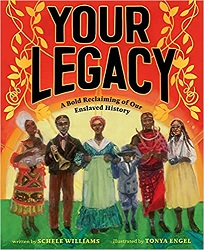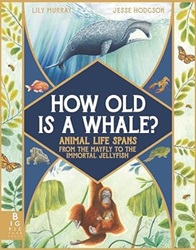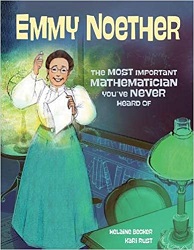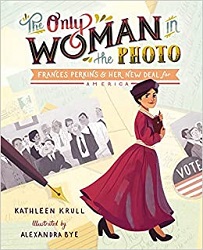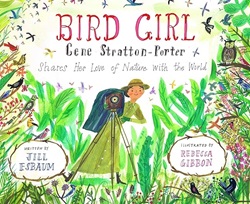Review of Your Legacy, by Schele Williams, illustrated by Tonya Engel
A Bold Reclaiming of Our Enslaved History
Abrams Books for Young Readers, 2021. 44 pages.
Review written November 17, 2021, from a library book
Starred Review
Your Legacy is a lavishly illustrated picture book for African American children. The book reframes the story of their enslaved ancestors as one of resilience and powerfully overcoming hardship with love. And what a legitimate reframing!
The qualities of those ancestors specifically pointed out are love, intellect, courage, determination, brilliance, strength, ingenuity, grace, and dignity. Then more modern-day examples of African Americans who demonstrated these qualities are portrayed.
I thought this was such a beautiful way to look at the past.
I love the point that they didn’t all speak the same language and coming up with a way to communicate showed great ingenuity. Here’s some of that part:
When they finally landed in the Americas, they were surrounded by people from other African countries and Caribbean Islands. All of these people were now called slaves.
Your ancestors were immediately separated from one another and given new names. They were put into groups with other enslaved people, who all spoke different languages. They were forced to do grueling work.
Although they were strangers, they chose to LOVE and protect one another as family.
They needed to find a way to communicate with one another. It was their INTELLECT that allowed them to combine all the languages they spoke to create a new one, called Pidgin.
They also found a new language they could share . . . MUSIC.
That’s one part of the reframing. The whole book beautifully shows the strong spirit of people who got through adversity and passed on beautiful qualities to their descendants.
If you have African American children, this is a book to own and treasure and read with them again and again. But all children will benefit from at least reading this beautiful story.
Disclosure: I am an Amazon Affiliate, and will earn a small percentage if you order a book on Amazon after clicking through from my site.
Disclaimer: I am a professional librarian, but the views expressed are solely my own, and in no way represent the official views of my employer or of any committee or group of which I am part.
What did you think of this book?
*Note* To try to catch up on posting reviews, I’m posting the oldest reviews I’ve written on my blog without making a page on my main website. They’re still good books.
